KEEP UP WITH OUR DAILY AND WEEKLY NEWSLETTERS
PRODUCT LIBRARY
the apartments shift positions from floor to floor, varying between 90 sqm and 110 sqm.
the house is clad in a rusted metal skin, while the interiors evoke a unified color palette of sand and terracotta.
designing this colorful bogotá school, heatherwick studio takes influence from colombia's indigenous basket weaving.
read our interview with the japanese artist as she takes us on a visual tour of her first architectural endeavor, which she describes as 'a space of contemplation'.
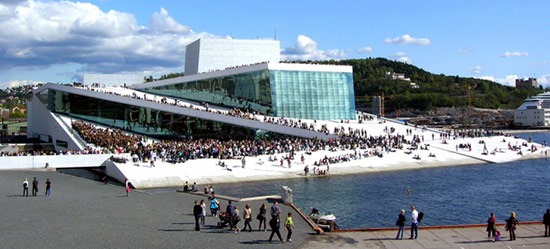
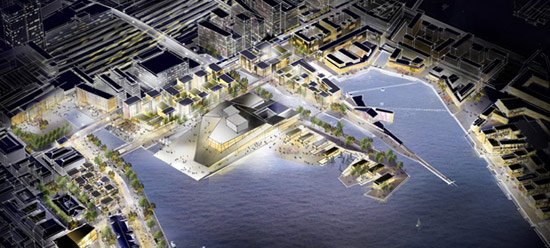
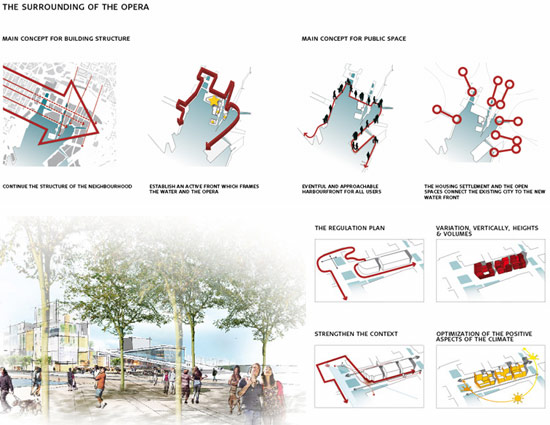 public space diagrams for the harbour front
public space diagrams for the harbour front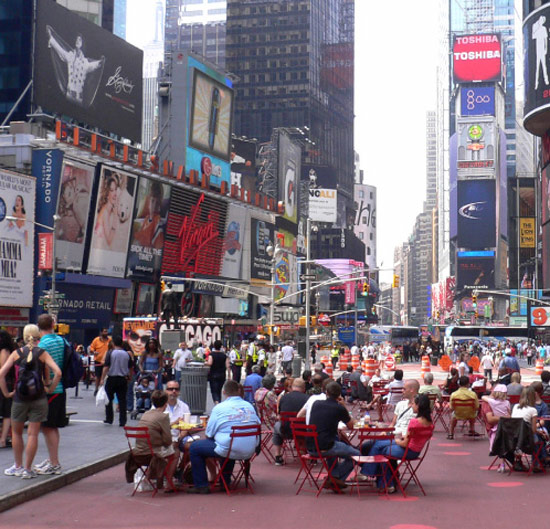 car-free times square, new york city urban realm and bicycle strategy, 2009
car-free times square, new york city urban realm and bicycle strategy, 2009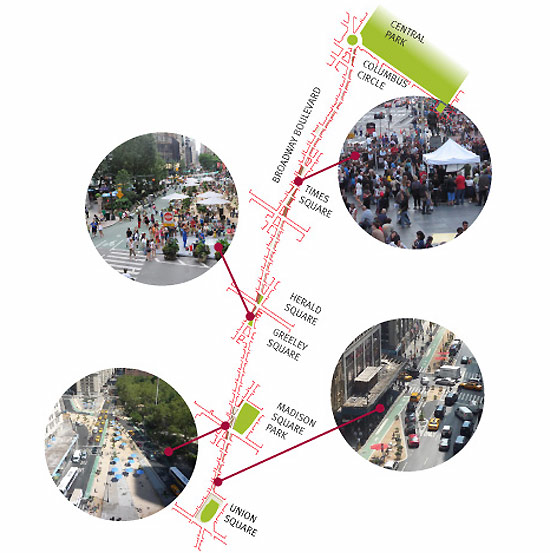 ‘summer streets’, a 7 mile car-free route in new york city, 2009
‘summer streets’, a 7 mile car-free route in new york city, 2009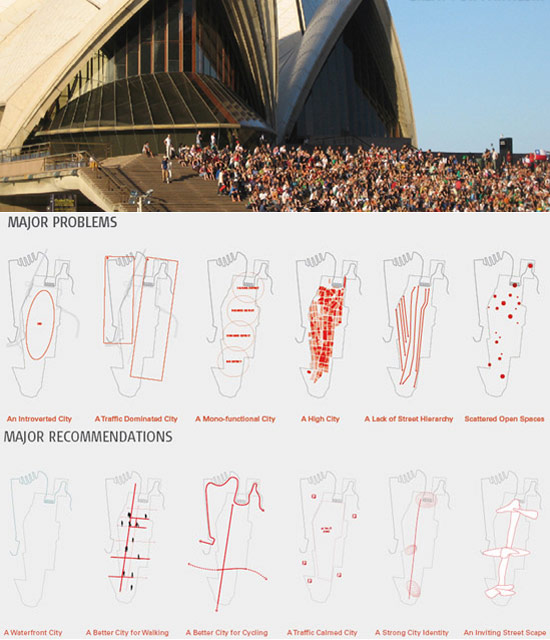 sydney, australia: public space and public life study
sydney, australia: public space and public life study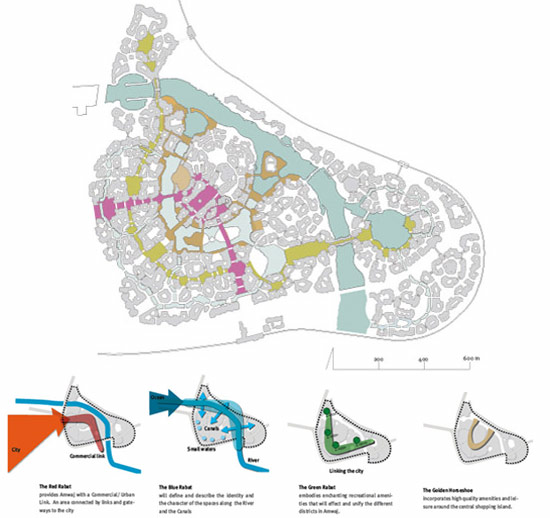 rabat, morocco: new town development framework, 2006
rabat, morocco: new town development framework, 2006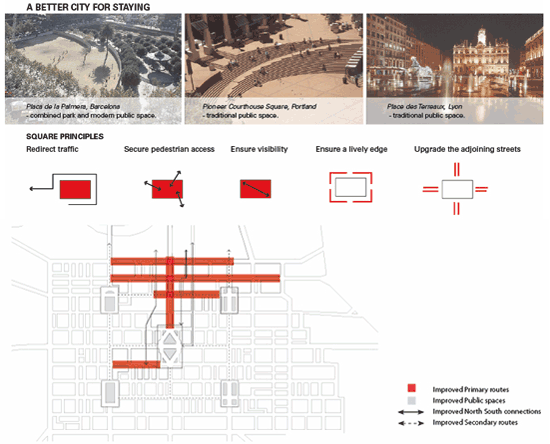 adelaide, australia: urban strategy, 2002
adelaide, australia: urban strategy, 2002


